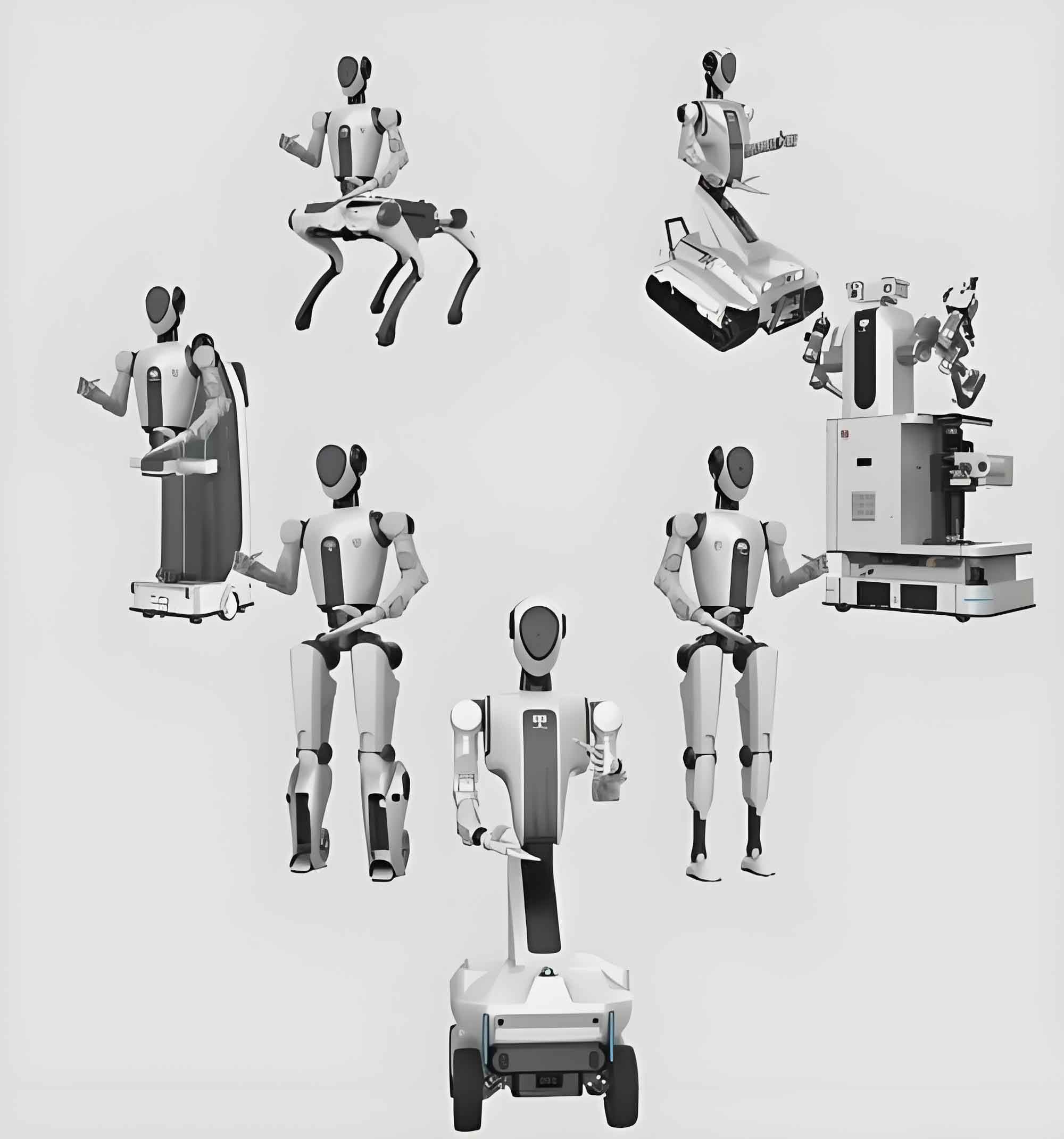ZHUHAI, February 20, 2025 – At the ongoing Zhuhai Two Sessions, Yang Xiaoyue, member of the Chinese People’s Political Consultative Conference (CPPCC) and Director of Nursing at the Fifth Affiliated Hospital of Sun Yat-sen University, proposed a groundbreaking initiative to implement AI robot caregivers for disabled and semi-disabled seniors through an innovative “unattended nursing” model.
1. Current Crisis in Elderly Care
Yang’s proposal highlights critical challenges in nursing home and hospital care for elderly patients with limited mobility. Key issues include severe shortages of specialized nursing staff for labor-intensive tasks such as pressure ulcer prevention, bathroom assistance, bathing support, outdoor activity supervision, and posture adjustments. These essential yet physically demanding responsibilities are increasingly difficult to fill, leading to inconsistent service quality and safety risks.
The financial burden on families remains overwhelming, with medical treatment, rehabilitation, and long-term care expenses creating unsustainable economic pressure. Traditional care models require fundamental transformation to address these systemic failures in elder support systems.

2. AI Robot Solutions for Modern Caregiving
Yang emphasized that integrating AI robot systems represents the most viable path forward. “The convergence of next-generation technology and healthcare can fundamentally reshape elderly support,” she stated during the conference. Advanced AI robot capabilities include:
- Continuous vital sign monitoring through intelligent sensors
- Hygiene maintenance and sanitation operations
- Data-driven decision support for clinical staff
- Mobility assistance and fall prevention systems
Future developments could feature humanoid AI robot models capable of performing up to 99% of nursing duties, enabling comprehensive unattended care while providing companionship. These AI robot platforms would significantly reduce physical strain on human caregivers while ensuring consistent protocol adherence.
Globally, AI robot adoption in geriatric care has demonstrated 27% fewer patient accidents and 34% faster emergency response times according to WHO datasets. The proposed AI robot implementation would position Zhuhai at the forefront of this technological transformation.
3. Strategic Implementation Framework
Yang’s proposal outlines concrete measures for adoption:
- Policy Development: Establish specialized nursing standards and certification frameworks for AI robot-assisted care environments
- Funding Mechanisms: Create government专项资金 (special funds) for training programs focused on AI robot operation and maintenance
- Technology Partnerships: Collaborate with medical institutions and universities to develop localized AI robot systems
- Pilot Programs: Launch 24-hour AI robot care initiatives prioritizing seniors without family support, supplemented by policy subsidies
The phased implementation would require cross-departmental coordination through health authorities to ensure safety validation and ethical compliance. Special consideration will address accessibility for economically vulnerable groups through subsidized AI robot service packages.
4. Technological and Social Impact
Beyond immediate care benefits, AI robot integration offers transformative potential:
| Aspect | AI Robot Contribution |
|---|---|
| Workforce Enhancement | Allows nurses to focus on complex medical tasks while AI robot handles routine care |
| Family Support | Reduces caregiver burnout through overnight/weekend AI robot assistance |
| Data Integration | Generates predictive analytics for personalized care plans |
| Cost Efficiency | Lowers long-term expenses through prevention-focused monitoring |
Healthcare analysts note that AI robot systems could alleviate up to 68% of physical care burdens currently borne by nursing staff. The technology’s learning algorithms continuously improve response accuracy through accumulated care data, creating increasingly sophisticated support ecosystems.
5. Future Development Trajectory
Yang envisions Zhuhai becoming a national demonstration zone for elderly care innovation through AI robot technology. Subsequent phases could integrate:
- Telemedicine interfaces within AI robot platforms
- Emotional recognition systems for mental health support
- Multi-robot coordination networks across care facilities
International studies indicate that regions implementing similar AI robot programs observe 19% higher family satisfaction rates and 22% faster patient recovery timelines. The proposed model establishes a scalable template for other municipalities confronting aging population challenges.
As Yang concluded in her proposal: “Embracing AI robot solutions transcends technological adoption – it represents our moral commitment to dignity in later life through innovation.” The motion has been referred to Zhuhai’s Healthcare Innovation Committee for feasibility analysis and budget consideration.
